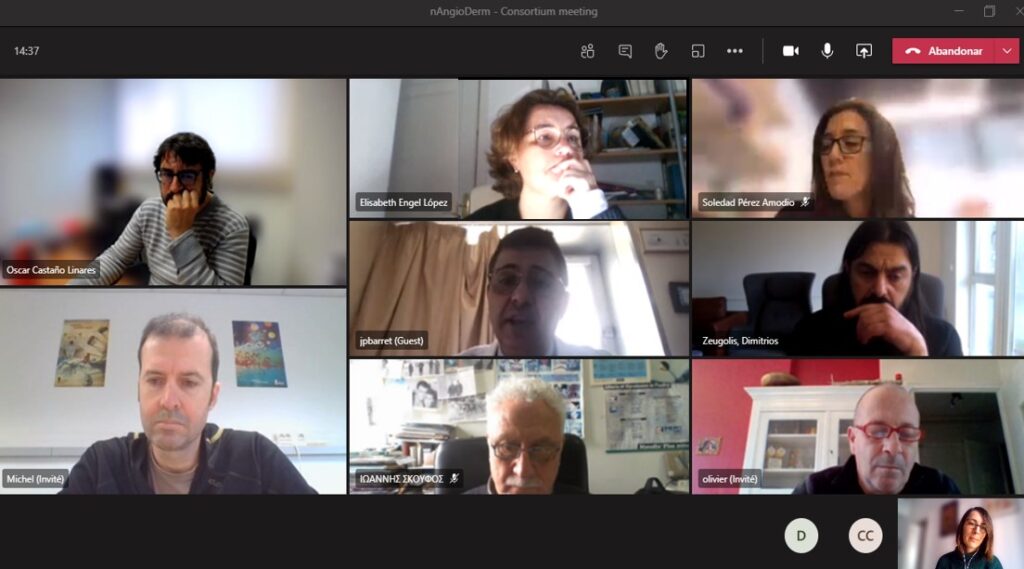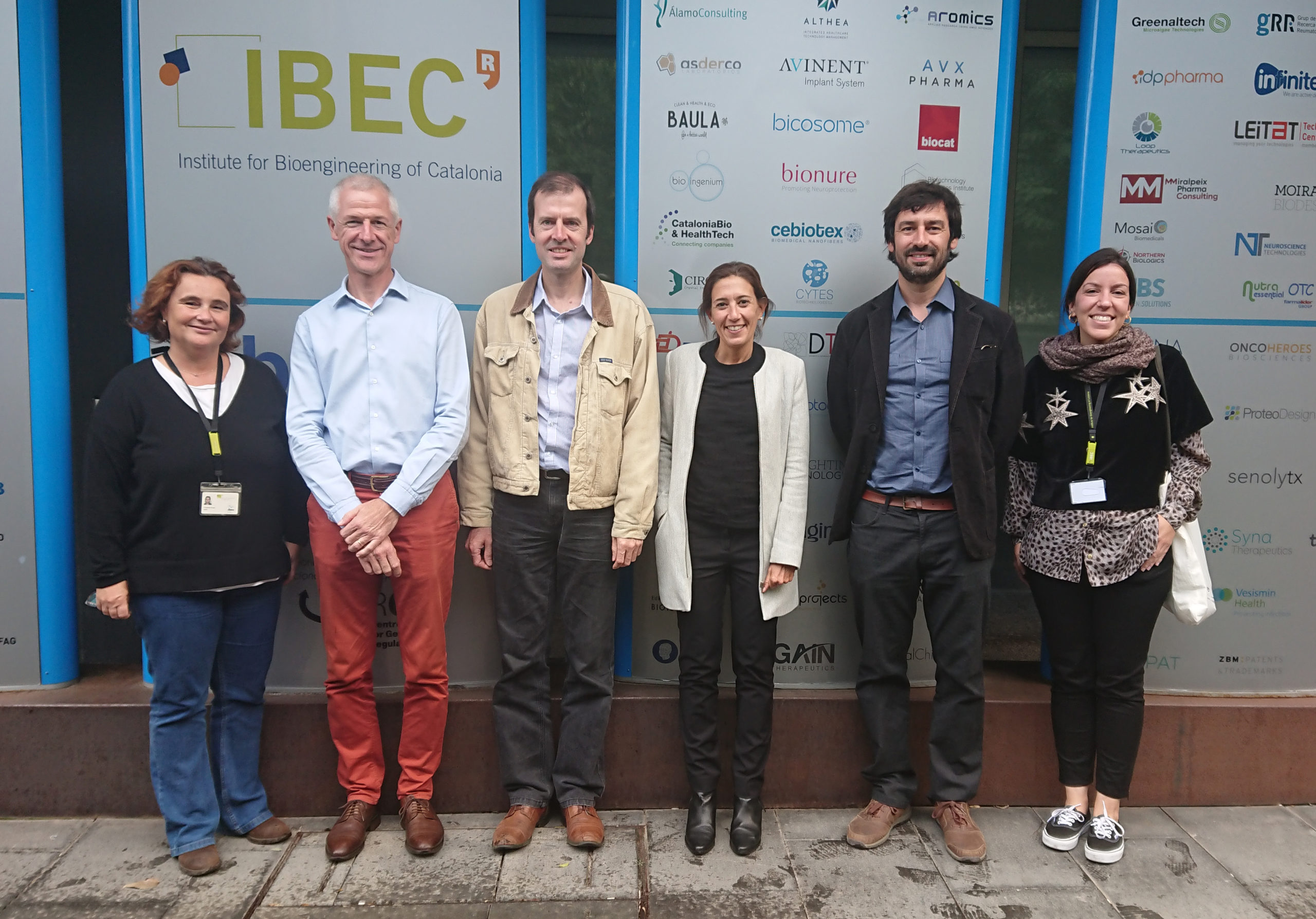nAngioDerm coordinator, Dr. Elisabeth Engel, recently participated at World Termis Congress 2021. Dr. Engel talked about cells-materials interactions to promote vascularization in one of the most important scientific conferences in the field of tissue engineering and regenerative medicine.

The 6th world congress of the Tissue Engineering and Regenerative Medicine International Society (TERMIS2021) took place online last 15-19 of November, with the general theme: “Biologically inspired technology driven regenerative medicine”. The TERMIS World Congress is held every three years, and brings together researchers, scientists, clinicians, trainees and students from both academia and industry to discuss critical developments in the field.
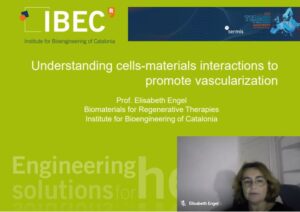
The meeting was led by renowned keynote speakers and this year researchers presented their work in 9 parallel thematic sessions, either with oral presentations or posters. Dr. Elisabeth Engel, coordinator of nAngioDerm Project, was one of the keynote speakers. To an audience of more than 80 people, Dr. Engel gave a talk entitled “Understanding cells-materials interactions to promote vascularization”.
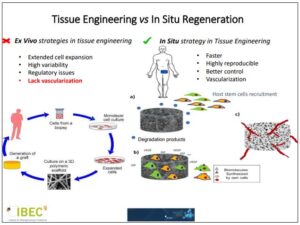
As efficient vascularization of tissue engineered grafts is one of the main drawbacks for successful medical applications nowadays, she focused her talk on fabrication of scaffolds that can recreate instructive environments and send specific signals to cells to produce a fast and equilibrated vascularization. She also addressed the effect of degradation products from the scaffolds on angiogenesis and the possibility to use biomaterials that can activate angiogenesis in situ.
Dr. Engel concluded her talk by saying that 3D environments reproduction in microfluidic platforms are a promising alternative to animal testing and can advance the preclinical development of Biomaterials.
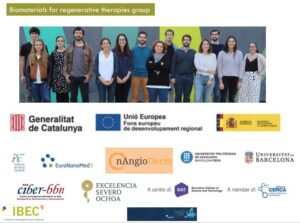
Additionally, to the keynote talk, Dr. Engel also participated as chair together with Dr. Bárbara Blanco Fernandez in the session Engineering extracellular matrices: fabrication methods, (re)cellularisation and applications in Regenerative Therapies, where Prof. Dr. Laura Delaporte talked about “Assembly of molecular and colloidal building block to grow structured tissues”.
Besides the scientific talks, other complementary actions also took place during Termis 2021, including special sessions to students and young investigators, people from industry and clinic, and dedicated to European Projects. Moreover, informal meetings and usual business plan competition stimulated the networking and interaction among participants.
